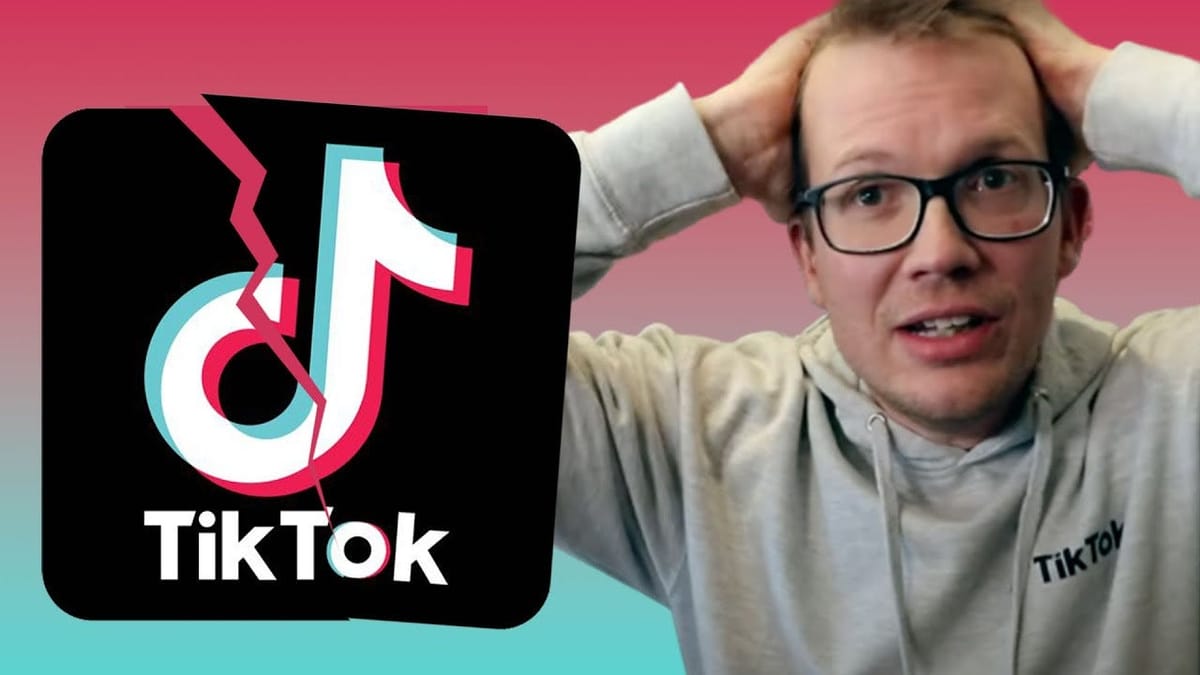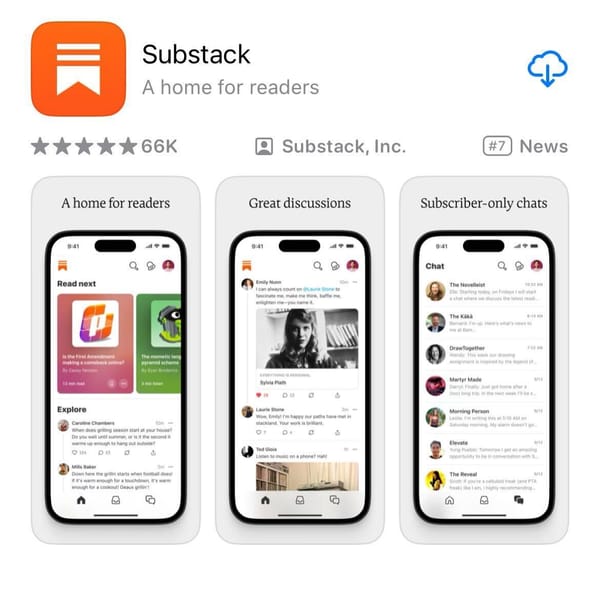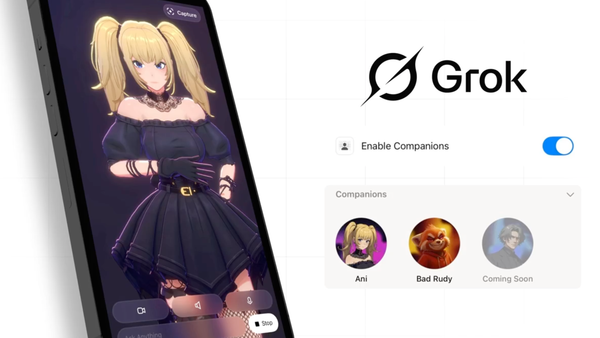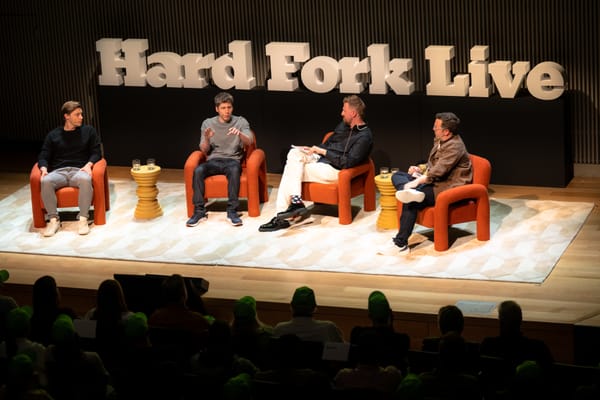How creator funds fall short for creators
(They're designed that way)

Back before “crypto” and “metaverse” became the go-to concepts for platforms promoting their future plans, the main character of the future was the creator: a more-or-less solo entrepreneur, creating a steady stream of audiovisual and text-based content for the platform, monetizing it in an ever-growing and increasingly sophisticated number of ways.
The creator still figures largely in the plans of every big tech platform. But how are these novel approaches to making money actually working for popular creators? This week, we got a fascinating glimpse at how one of those approaches is working out. And testimony from creators around the web suggests we should think differently about a program that social platforms often tout the loudest.
On Thursday, Hank Green posted a video about TikTok’s creator fund: a pool of money set aside to be distributed to creators proportionally based on engagement: the number of views they attract, the watch time they collect, and so on. TikTok announced a $1 billion creator fund in August 2020, just as the Trump Administration was ratcheting up pressure on parent company ByteDance to sell the short-form video platform to a consortium of American businesses.
Among the people who gave testimonials to the program in a subsequent press release was Green, who praised the ease with which one could enter and exit it. Green is one of the earliest and most successful YouTubers; among his credits is creating VidCon, the premier convention for online video, which Viacom bought in 2018.
And so the industry paid close attention to Green’s 25-minute critique of the creator fund, to which he gave the headline So...TikTok Sucks. Specifically, he argues, its creator fund sucks. And after talking to people at platforms and in the creator business over the past few days, I think much of Green’s argument could be expanded to include creator funds in general.
Green’s basic argument goes as follows. On YouTube, where he got his start, he keeps 55 percent of any revenue from ads that run on his videos. Under pressure from rivals, YouTube set those terms when it first announced its partner program in 2007, has not changed them since. While creators have no shortage of complaints about YouTube, the 55-45 split is inarguably generous by the standards of most platforms, some of which continue to offer creators no way to monetize their work at all.
Green credits YouTube’s approach with kickstarting the entire creator phenomenon; despite experimenting with every available business strategy, YouTube ads still account for roughly a third of his company’s revenue today, he says.
But running ads against individual videos means YouTube effectively has to take responsibility for the content of those videos, which has historically led to a series of troubled times known as “adpocalypses” in which advertisers temporarily boycott the platform.
Other platforms realized they could avoid some of these issues by running ads between posts, rather than before or during them. That way, advertisers don’t even know what you saw before or after their ad. But platforms still needed to a financial incentive for talented people to post. And so the creator fund was born.
In the 18 months or so since the fund was created on TikTok, its shortcomings have become clear. YouTube awards creators a percentage of revenue generated by their videos, placing no limit on how much a person can make. As a result, YouTube paid out about $10 billion to creators last year. Creator funds, on the other hand, set a (low) cap from the beginning: TikTok’s billion-dollar fund actually only gave away $200 million in its first year; during that same period, parent company ByteDance earned an estimated $58 billion.
And the more creators a platform attracts, the less money there is to go around. As a result, Green — who has 6.3 million followers and has generated 415.1 million likes on his videos — now makes 2.5 cents per thousand views from the TikTok creator program. That’s down from about 5 cents a day in the early days of the fund.
As Green notes, he’s making less money now despite the fact that TikTok is much more successful financially than it was when the fund started, all thanks to the that creator funds are designed. “When TiKTok becomes more successful, TikTokers become less successful,” he says in his video. “When TikTok makes more, creators make less.”
Green’s suggestion: make the creator fund a percentage of ad revenue, rather than a static amount. “This is the economic engine that drove YouTube forward, and TikTok is just letting it leak out of the tub into their bottom line,” he says.
In the meantime, Green estimates that he’s making roughly one-sixth the money per thousand views on TikTok than he is on YouTube. And other creators chimed in with similar experiences: Victoria Paris, who has 1.3 million followers, posted a chart of her TikTok earnings that showed them decreasing by two-thirds in the past year. The Information noted that one of the world’s highest-paid creators, Jimmy “Mr. Beast” Donaldson, made $54 million on YouTube — and posted a screenshot showing TikTok creator fund earnings of just $15,000.
I asked TikTok why the program was designed this way and how it might change.





